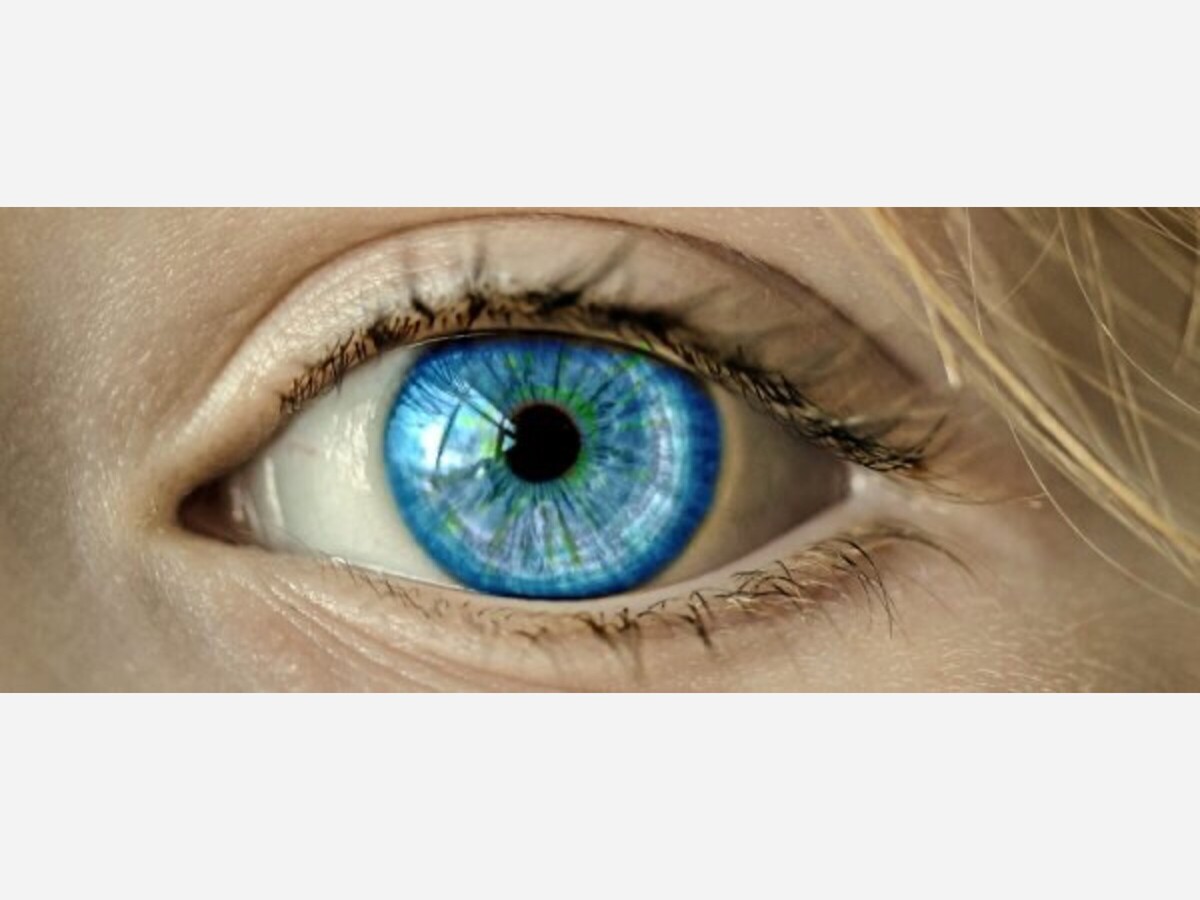Image

Image Source: (cocoparisienne/Pixabay)
The Blue-Eyed Family Tree
Have you ever wondered why some people have blue eyes? Do you think it's just a coincidence or a random trait? Well, think again. According to science, if you have blue eyes, you're related to a lot more people than you thought.
The Origin of Blue Eyes
Researchers believe that all blue-eyed people have a single, common ancestor who lived about 10,000 years ago. This person had a genetic mutation that limited the amount of melanin in their eyes, which is the pigment that gives eyes their color. Without much melanin, the eyes appear blue instead of brown.
This mutation happened in the Black Sea region of southeastern Europe, and then spread to other parts of the world as people migrated and intermarried. That means everyone with blue eyes today can trace their lineage back to this one individual. They're all part of the same big family!
The Benefits and Risks of Blue Eyes
Having blue eyes is not just a cosmetic feature. It may also have some advantages and disadvantages for your health and well-being.
Some studies suggest that blue-eyed people may have better vision in low-light conditions, such as the dark winters prevalent in Northern Europe. This may be because blue eyes reflect more light into the retina, which helps with night vision.
However, blue-eyed people may also have a higher risk of developing certain eye diseases, such as cataracts and macular degeneration. This may be because blue eyes have less protection from the sun's harmful rays, which can damage the eye's lens and retina over time.
Blue-eyed people may also be more sensitive to pain and more prone to alcoholism than brown-eyed people, according to some research. The reason for this is not clear, but it may have something to do with how the brain processes dopamine, a chemical that affects mood and behavior.
The Mystery of Blue Eyes
Despite these findings, there is still a lot we don't know about blue eyes. For example, we don't know why the mutation happened in the first place, or why it became so widespread. We also don't know how blue eyes interact with other genes and environmental factors that influence eye color.
What we do know is that blue eyes are a rare and beautiful trait that only about 8% to 10% of the world's population has. And if you're one of them, you can be proud of your unique heritage and your connection to millions of other blue-eyed people around the globe.
So next time you look into someone's blue eyes, remember that you're looking at a relative if you have blue eyes too. And maybe give them a hug or a high-five. After all, you're family!
Source: Conversation with Bing, 8/3/2023
Some images from Google Images